PHP stands as a cornerstone in the realm of web development, powering a substantial portion of the internet’s websites. Its popularity is attributed to its ease of use, flexibility, and robust community support. In an era where digital presence is synonymous with a business’s existence, PHP’s role in creating dynamic, interactive websites is invaluable. However, with the surge in cyber threats, the importance of security in the digital age cannot be overstated. Implementing PHP security best practices is not just recommended; it’s a necessity to safeguard digital assets against an ever-evolving landscape of cyber risks.
PHP Security Risks
Despite PHP’s widespread adoption, applications developed with it are frequently targeted by cybercriminals, making awareness and prevention of PHP security risks paramount. Common threats include SQL Injection, Cross-Site Scripting (XSS), and Cross-Site Request Forgery (CSRF), which not only compromise the integrity of PHP applications but also pose significant risks to user data and privacy. Real-world security breaches, such as the infamous SQL injection attack that exposed millions of records, underscore the critical need for adhering to PHP security best practices. These incidents serve as a stark reminder of the vulnerabilities inherent in web applications and the importance of proactive security measures.
Prioritizing Security in PHP Application Development
With the stakes so high, developers must prioritize security in every stage of PHP application development. By incorporating security best practices early on, developers can minimize the likelihood of vulnerabilities being exploited and mitigate the potential impact of successful attacks. Here are some tips for prioritizing security in PHP application development:
- Conduct thorough risk assessments: Before embarking on PHP application development, it’s crucial to assess potential security risks and prioritize them accordingly. This helps developers identify vulnerabilities that require immediate attention and develop mitigation strategies.
- Sanitize user input: User input is one of the most common ways malicious code can enter an application. By sanitizing user input, developers can prevent attacks like SQL injection and cross-site scripting from compromising the application.
- Use a secure development framework: Frameworks like Laravel and Symfony have built-in security features that can help developers build more secure applications. These frameworks also receive regular updates to address any new vulnerabilities discovered.
- Implement multi-layered security: Relying on a single layer of security is not enough to fully protect an application. Instead, developers should implement multiple layers of security, such as authentication, access controls, and data encryption, to create a more robust defense against attacks.
Overall, prioritizing security in PHP application development requires a proactive and holistic approach to identify, prevent, and mitigate potential vulnerabilities.
PHP Security Best Practices
PHP developers must actively implement security measures throughout the entire development lifecycle, from planning and design to coding and testing. Here are some best practices that can help mitigate potential security risks in PHP applications:
Validate Input
Validating user input is crucial to safeguarding your PHP application from malicious data that could potentially lead to security breaches. Input validation ensures that only properly formatted data is processed by your application, helping prevent common vulnerabilities such as SQL Injection and XSS attacks. Techniques such as utilizing built-in PHP functions like filter_var for validating and filtering data help in enforcing a strong validation strategy.
Sanitize Data
Data sanitization goes hand in hand with input validation. While validation is about rejecting improper data, sanitization is concerned with cleaning the data, making it safe for further processing. PHP offers various functions, including htmlspecialchars and strip_tags, to sanitize data by removing potentially harmful characters and tags, thus reducing the risk of XSS attacks.
Use Prepared Statements for Database Queries
One of the most effective ways to prevent SQL injection attacks is by using prepared statements with parameterized queries. This method ensures that SQL queries executed by the application are not altered by user input. PHP’s PDO (PHP Data Objects) extension or MySQLi can be used to implement prepared statements, offering a secure way to handle database operations.
Implement XSS (Cross-Site Scripting) Protection
Cross-Site Scripting (XSS) attacks can manipulate web pages by injecting malicious scripts. Implementing Content Security Policy (CSP) headers, and encoding output data are vital strategies in mitigating XSS vulnerabilities. Properly encoding data displayed to users helps ensure that potentially harmful scripts are not executed in the browser.
Utilize CSRF (Cross-Site Request Forgery) Tokens
CSRF attacks trick the user into performing actions they do not intend to. Utilizing CSRF tokens can significantly enhance security by ensuring that requests made to the server are legitimate and initiated by the authenticated user themselves. These tokens should be unique per user session and verified for every state-changing request.
Secure Passwords
Handling passwords securely is non-negotiable. Using PHP’s password_hash and password_verify functions for password hashing and verification leverage strong, up-to-date algorithms, making stored passwords robust against attacks. It’s also advisable to implement password policies that promote the use of strong, complex passwords.
Regularly Update PHP and Libraries
The digital threat landscape is continually evolving, and so is the software. Keeping your PHP version and any third-party libraries used in the project up to date is essential for closing security loopholes. Automated tools can aid in the update process, ensuring that your application is protected against known vulnerabilities.
Employ HTTPS
Switching from HTTP to HTTPS secures the connection between your website and its users. HTTPS, through SSL/TLS certificates, encrypts data in transit, preventing man-in-the-middle attacks, and reassuring users about the security of their data. Implementing HTTPS is not only good for security but also beneficial for the site’s SEO and trustworthiness.
By incorporating these PHP security best practices and focusing on PHP performance optimization, developers can significantly enhance the security and efficiency of their applications, safeguarding them against an array of cyber threats while ensuring optimal performance.
PHP Security Tools and Libraries
In the realm of PHP security best practices, the utilization of security tools and libraries plays a pivotal role in fortifying applications. Tools such as PHPStan and Psalm help in detecting potential issues early in the development cycle by conducting static analysis of code. For runtime protection, utilities like Suhosin and Snuffleupagus offer robust defenses against common vulnerabilities. Additionally, libraries such as PHPAss and PHP-SecureSession enhance password handling and session security, respectively.
Integrating these security tools into your development workflow is crucial for proactive defense. Automating their execution as part of your CI/CD pipeline ensures that security is a constant consideration, not an afterthought. This approach allows developers to address security issues promptly and efficiently, maintaining the integrity of the application. By prioritizing the inclusion of such tools and libraries, developers can adhere to PHP security best practices, thereby significantly reducing the risk landscape of their applications.
Conclusion
Adhering to PHP security best practices is not just about mitigating risks; it’s about cultivating a security-first mindset throughout the development lifecycle. By incorporating these practices, developers can substantially reduce the attack surface of their PHP applications, ensuring a more secure experience for the end-users. Prioritize security in your PHP application development—it’s an investment in your application’s longevity and reliability. Remember, in the realm of web development, security is not an option but a necessity. So, contact us today to learn more about how we can help you secure your PHP applications. Let’s build secure and reliable software together!

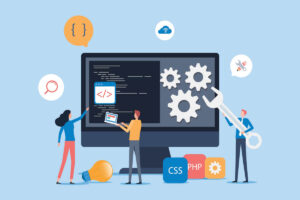

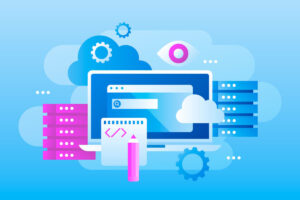
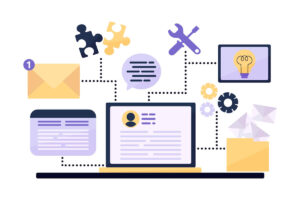
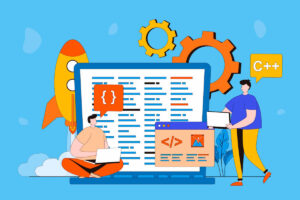


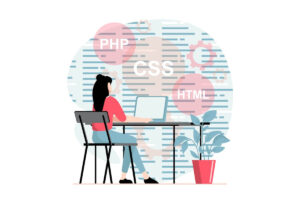



+ There are no comments
Add yours